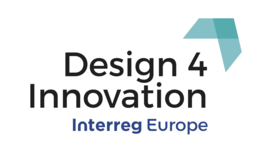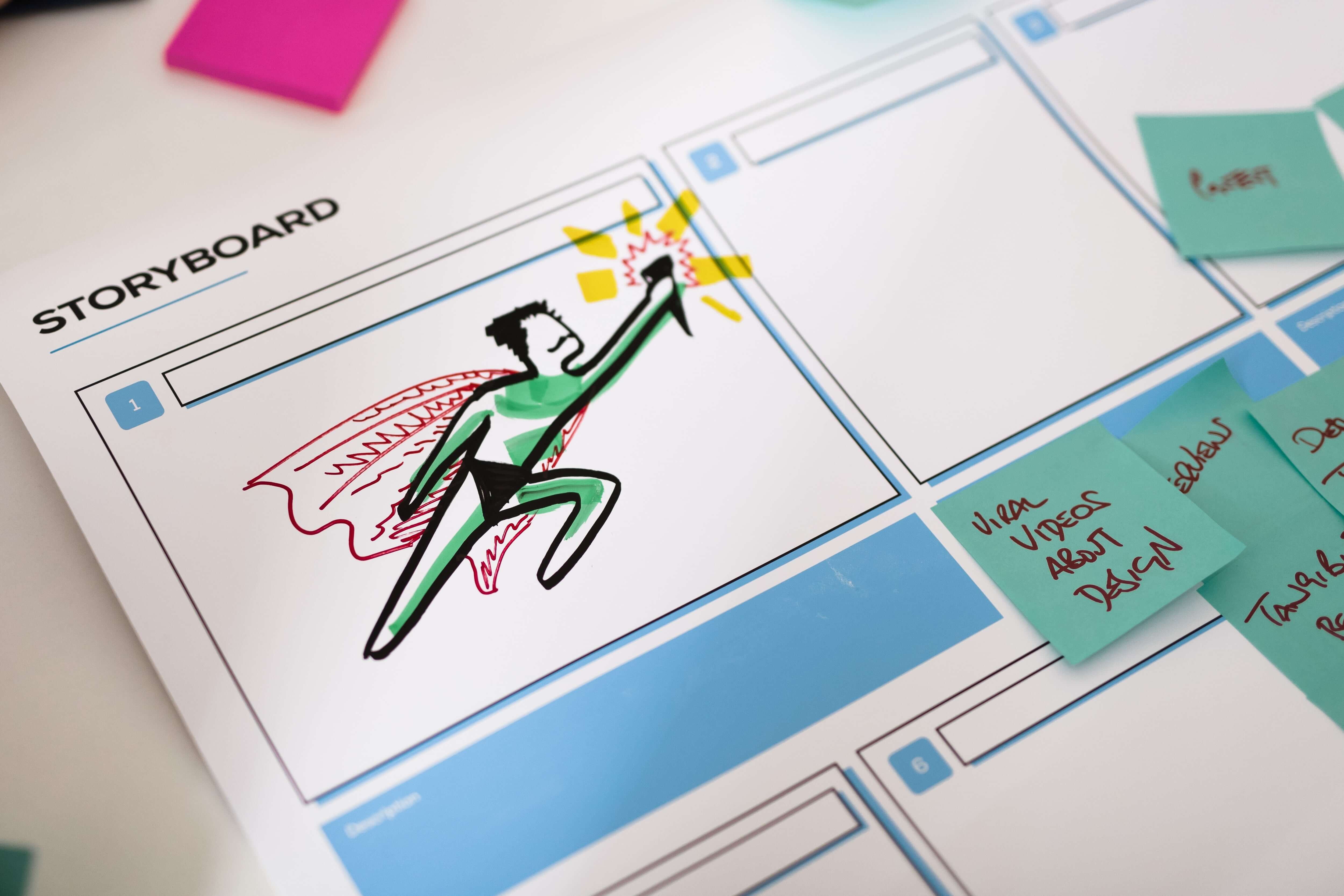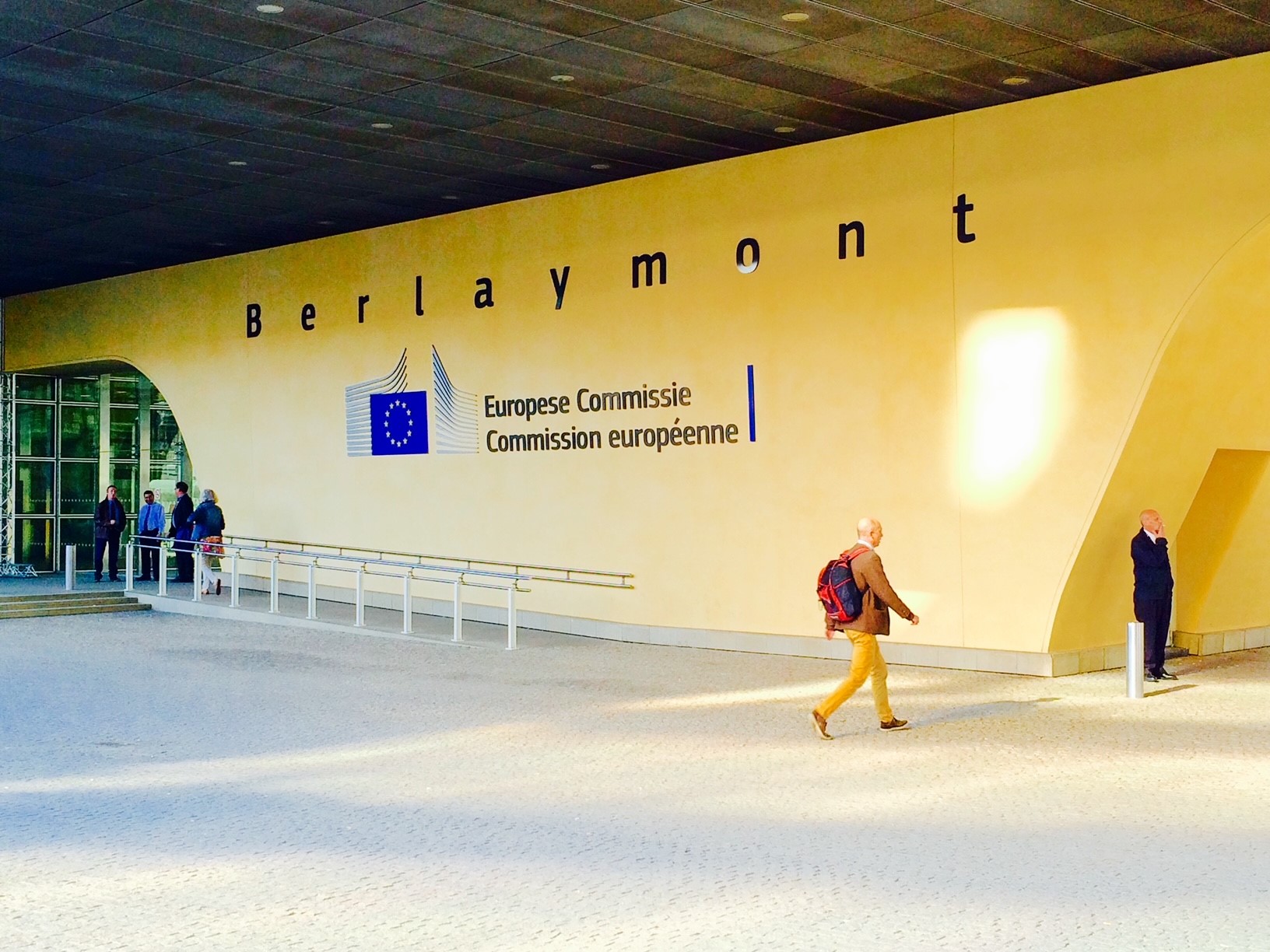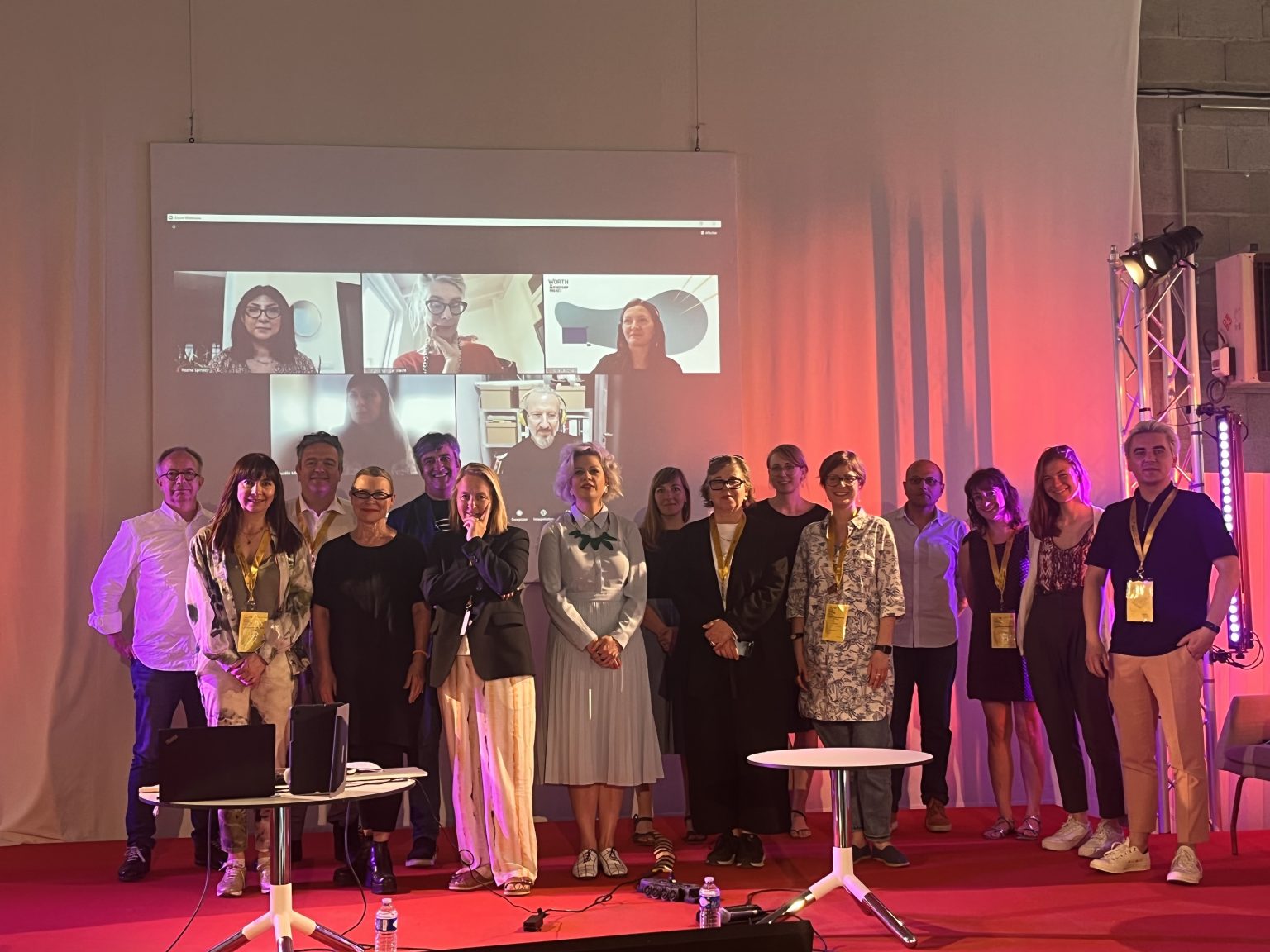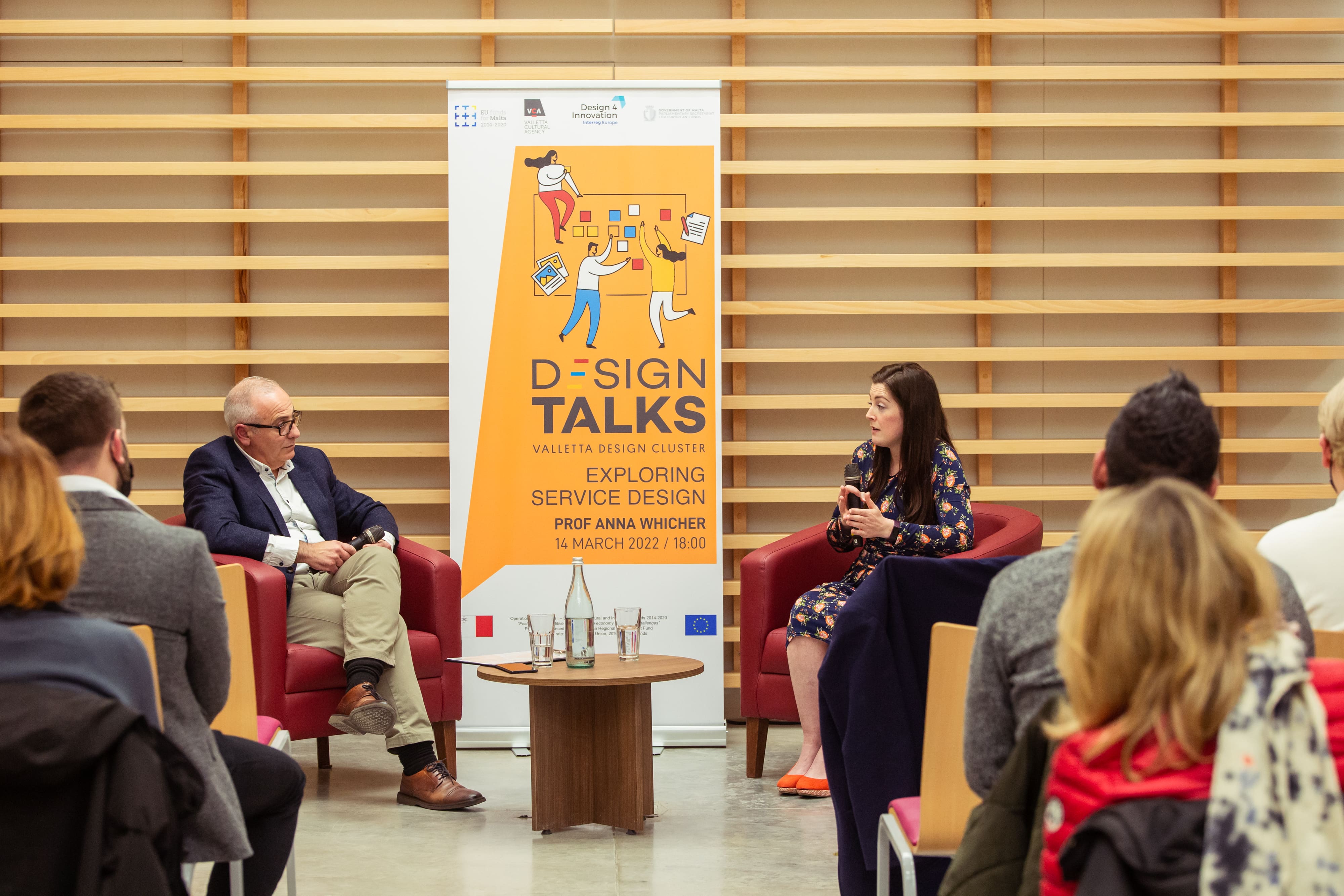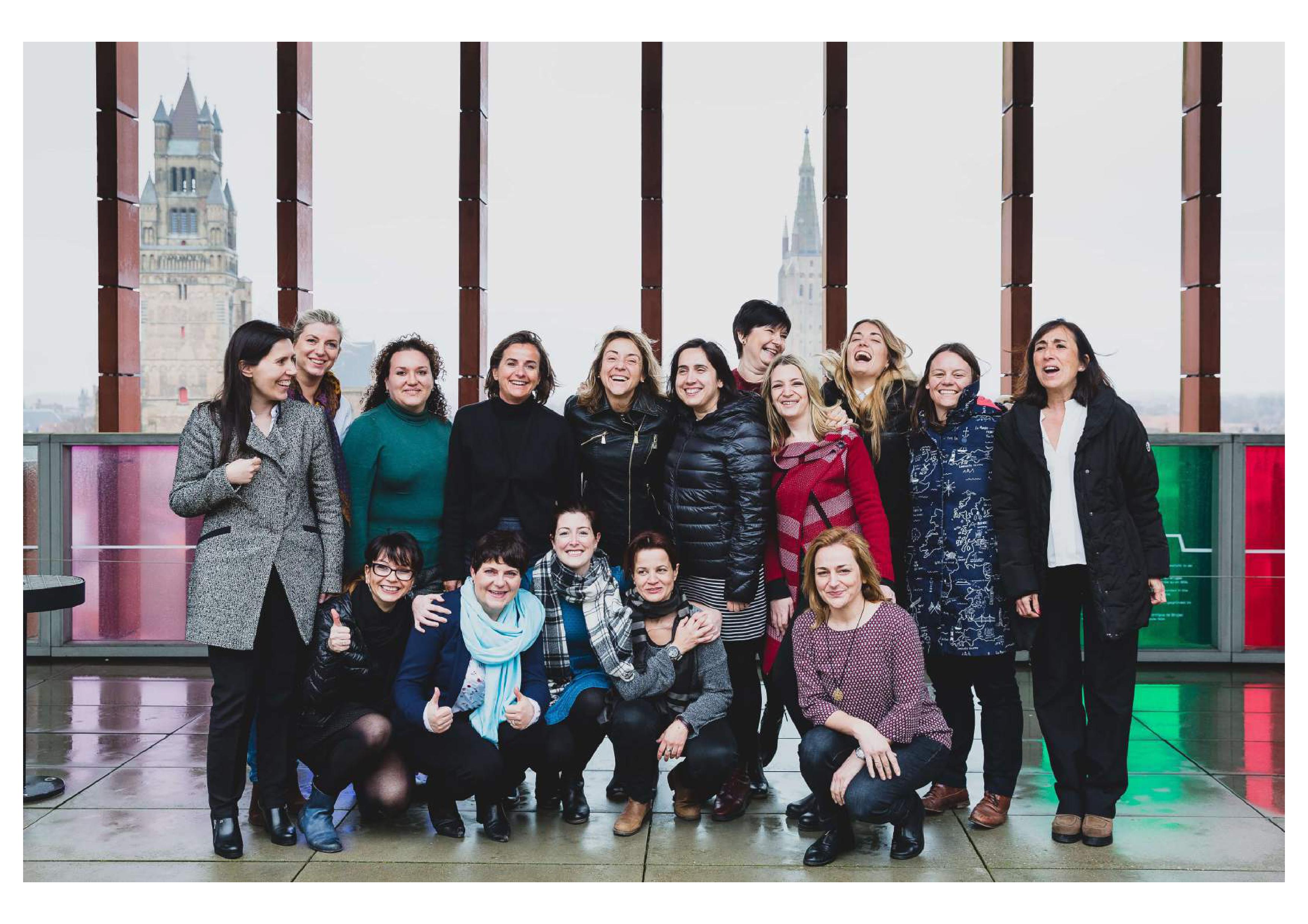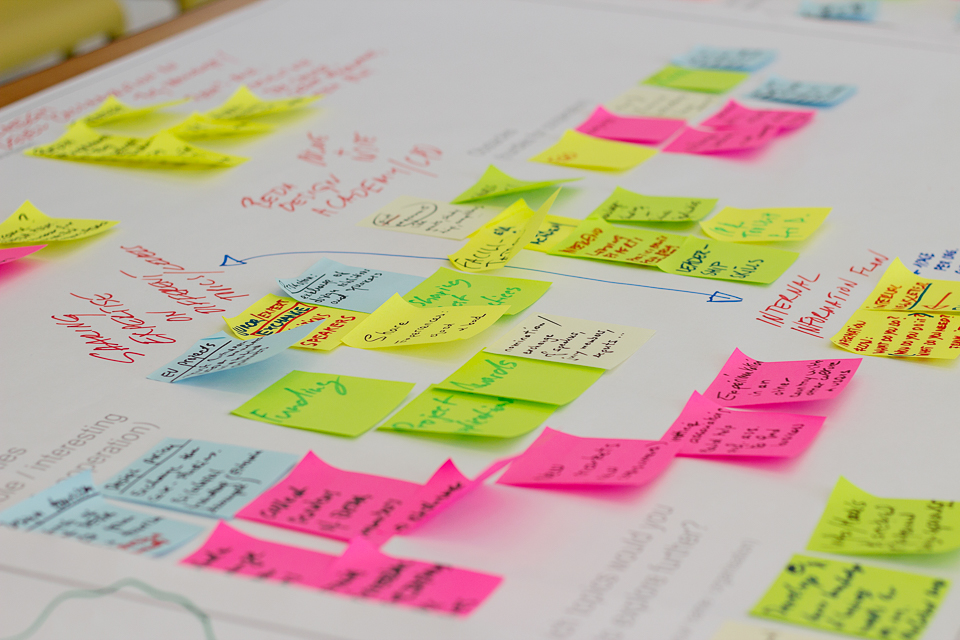KEPA led the initiative on the promotion and awareness raising of Design in Greece. As such it focused on projects that aimed to support these efforts, Design4Innovation being the most important among them. During this project, KEPA selected to work on the Operational Programme “Entrepreneurship, Competitiveness and Innovation 2014-2020” (EPANEK), which is one of the 7 Sectoral and 13 Operational Programmes of the Partnership and Cooperation Agreement for the previous programming period. The pivotal strategic objectives of the selected Programme are to enhance the competitiveness and extroversion of enterprises and to facilitate transition to quality entrepreneurship with innovation and the growth of domestic added value as the cutting edge.
EPANEK occupies a central position to the country’s efforts to create a new entrepreneurial model that will exploit innovation to lead to development and to strengthen the competitiveness of Greek economy by leveraging private financing.
In an effort to improve EPANEK – and the policy instrument consequently – KEPA promoted the inclusion of Design as an eligible cost and intervention area. During the project, KEPA came across significant and effective good practices, presented and provided by the partners and, finally, influenced the Policy Instrument.
As a result, Design was added in two of the actions that launched a call during project implementation; Qualitative Modernisation and Research-Create-Innovate. KEPA’s role in Phase 2 of the project implementation was to monitor the impact of this inclusion and assess the results stemming from it, this being the major achievement of our participation in Design4Innovation.
More specifically, KEPA’s project team worked closely with the Managing Authorities of the abovementioned actions, in order to identify and analyse the level of awareness on Design, the type and level of its application and the benefits for the users, the SMEs.

In the case of Qualitative Modernisation, Design was included as an eligible cost category. KEPA went through the list of the approved projects that have selected the respective cost category and looked for those directly related to Design Thinking methodology, in order to define the final sample for the research. Thanks to the small number of selected SMEs, the research for the impact assessment was conducted through telephone interviews. This process allowed us to get closer to the SMEs, to find out how they implemented the methodology, what difficulties they faced or what they would change in the process. Monitoring the impact of this effort, will provide with significant information on how useful Design Thinking is for the SMEs, but also on how it should be promoted or even provided. The conclusions lead to a different approach in the case of Design included as an eligible cost category; a separate, clearer and targeted approach should be focus in the forthcoming calls.
In the case of Research-Create-Innovate, Design was included as a distinct area of intervention, which facilitated the identification of the research sample. Again, the sample was small enough for fruitful interviews and discussions. The SMEs in this case were more aware of Design and they cooperated intensively with Design experts, in order to develop the new products, they envisioned. The comparison of the two actions raises questions of which way is more efficient for Design to be more useful and under which circumstances or conditions.
The significance of this achievement is underlined by the fact that KEPA overreached its goals in terms of indicators, which proves that the SMEs that selected Design in the first place, were at least partly aware of its benefits. Nevertheless, there were still SMEs that didn’t understand what Design is about and how they can benefit from it. Hence, the efforts should now be focused on the improvement of Design’s presence in related programmes and actions, supported by targeted promotion aiming at higher awareness levels.
